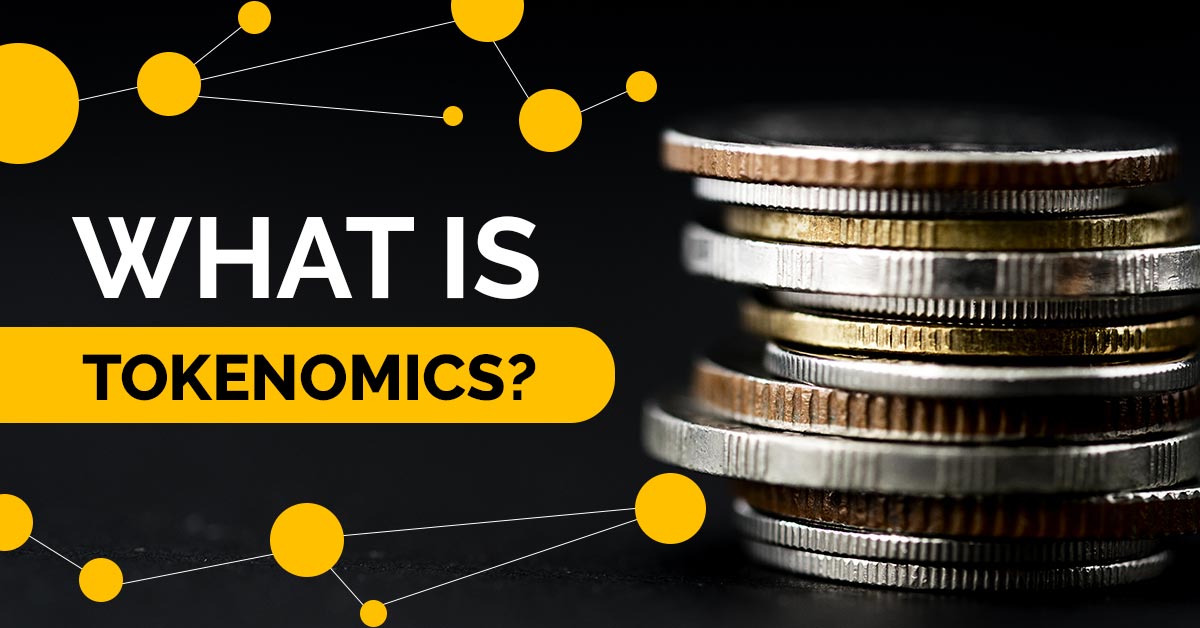Tokenomics is the economics of tokens (cryptocurrencies). It is the study of token behaviour to read and analyse the token value over time as well as the factors that affect the token price.
Table of Contents
What is Tokenomics?
Tokenomics usually include things like the total number of tokens, token distribution, token holding, token listing, trading, etc. The overall purpose is to incentivize positive growth of the respective token.
Until now, money or currencies were only issued by central banks under the guidance of governments. But cryptocurrencies have changed that. These are decentralized currencies which can be issued by just anyone, even individuals seeking to create their own micro-economies around the blockchain network.
So, basically, tokenomics is all about tokens: how they are created, sold, traded and increase/decrease in value.
How Does It Works?
So, how does it all work? Let’s see. The economics of tokens is governed by factors like token distribution, price, governance, adaption, etc. Let’s discuss each in details.
Token Distribution is how coins/tokens are circulated in the market in order to increase their applications as well as value. This is achieved in many ways. For instance, cryptocurrency mining is an activity where miners are rewarded with new coins. ICO (initial coin offering) is another method that companies utilize to distribute their tokens in the market.
Importance of Tokenomics
Another thing of importance in tokenomics is the price stability of tokens. Cryptocurrencies are volatile in nature, as their value change very frequently owing to demand and supply. Networks need to take care of this by maintaining sync between the supply and demand of their tokens in order to create a stable price.
Since cryptocurrencies are not controlled by any centralized entity such as banks or the government, the team behind a project is itself responsible to devise the rules for the creation (mining), distribution and trading of its tokens. While some projects choose to release all their tokens at once, some others prefer to hold a few tokens in reserve to be released later. The ‘burning’ of tokens is another popular method followed by some networks to help control the volatility of their tokens.
Governance of tokens also involves devising the rules for incentivising people who purchase, hold or use the said tokens. For instance, some networks reward their users for holding the tokens rather than selling them back.
Future Adaptation Of A Token
Moreover, tokenomics also details the future adaptation of a token and defines how the token will change over time. The team or developers behind a crypto project do not know whether their product will work in the future, this is why they need to make provisions to alter the way tokens are operated in the future, if need be. This is crucial in order to maintain a constant interest in the token.
For example, the supply (release, sell and trading) of Bitica coins is completely governed by the underlying rules devised by the team. A total of 18 million coins will be released, not more than that. The rules for the distribution of tokens are also mentioned in the project whitepaper and on the website.

About the author